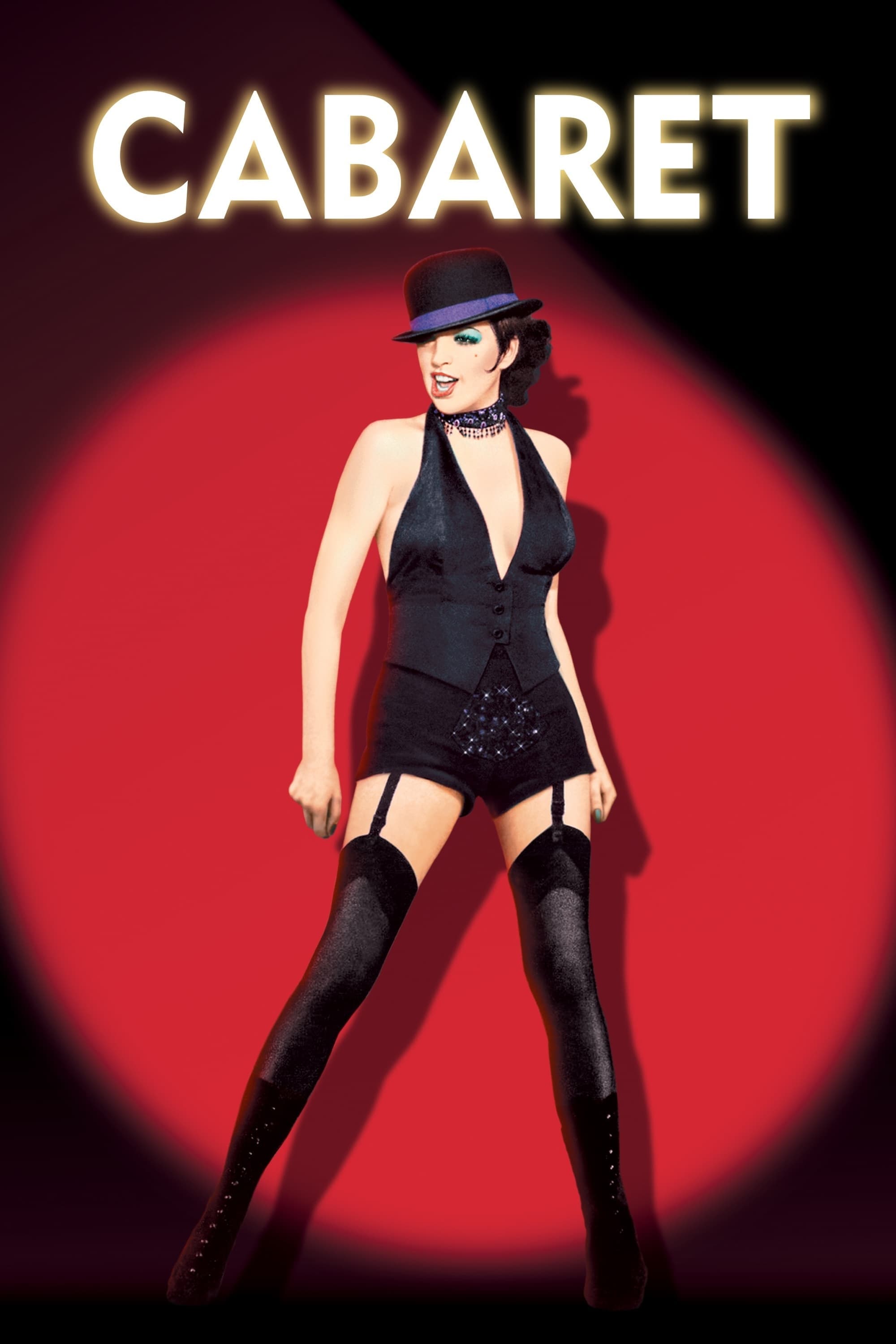
Cabaret
1972
Rate this movie
Average: 0.00 / 5
(0 votes)
Director
Bob Fosse perhaps undertakes the most complex and audacious collatio operation in the history of cinema. To construct the dramaturgy of this film, the choreographer and director in fact combines five narrative elements: three novels, a play, and a musical, drawing inspiration from Christopher Isherwood's stories, John Van Druten's play I’m a Camera, and Joe Masteroff's musical Cabaret libretto. This ambitious syncretism is not a mere juxtaposition, but a true alchemical distillation, capable of extracting the most acute and painful essence from each text to forge a new, supremely powerful cinematic identity. Fosse does not merely transpose; he reinterprets, decontextualizing the traditional musical by shifting performances entirely within the Kit Kat Club, thus transforming each musical number into a diegetic commentary, a window onto the external world reflected, distorted and amplified, on the small lit stage. It is a revolutionary choice that redefines the genre's boundaries, detaching it from saccharine fairy tales to immerse it in a raw and implacable realism.
The result is an extraordinary pastiche where image and sung word intertwine to form a single fascinating expressive element. This stylistic hybrid is not only narrative but permeates every frame, steeped as it is in the decadent and feverish atmospheres of the Weimar Republic. Fosse evokes the spirit of Bertolt Brecht and Kurt Weill's theatre, with its ironic detachment and its ability to bring forth political and social reality through the distorted lens of entertainment. The camera becomes a clinical eye, often static or with slow, foreboding movements, reflecting the aesthetic of German expressionist cinema, in a play of mirrors that multiplies images and ambiguities. Berlin, a vibrant, babelic city, reveals itself as a modern Babylon on the brink of an abyss, a place of unrestrained hedonism and ephemeral freedoms destined to be swept away.
The story revolves around the vaudeville dancer Sally Bowles (played by a highly inspired Liza Minnelli) who, in 1930s Berlin, collects lovers while navigating the thin edge of nascent Nazi antisemitism. Minnelli's iconic and unforgettable performance goes far beyond inspiration: it is a true artistic possession. Sally is not just a vivacious and dissolute figure; she is a prism through which Fosse reflects the complex naiveté, veiled despair, and tragic self-delusion of an entire generation. Her magnetic energy is a veil that conceals a profound fragility, a blind determination to ignore the encroaching horror. The Kit Kat Club, with its dim lights and thick smoke, becomes a maternal womb, a temporary refuge from external reality, but also a gilded cage where illusion clashes with the inevitable. The incredible chemistry between Sally, the timid academic Brian Roberts (Michael York) and the ambiguous hedonist Maximilian von Heune (Helmut Griem) traces a love triangle that is both a sexual microhistory and a barometer of the moral fluidity of an era that was losing its ethical compass.
Needless to say, the dance and song scenes, choreographed by Fosse himself, are nothing short of sublime. His unmistakable aesthetic of isolations, sinuous hip movements, hats concealing complicit glances, and the expressive use of hands elevates dance to a universal language. Each number at the Kit Kat Club is not a mere interlude, but an essential narrative piece, a musical sarcasm that comments on, foreshadows, or ironizes the events unfolding off-stage. From "Money, Money" reflecting the economic crisis and the desperate search for security, to "If You Could See Her Through My Eyes" with its sharp satire of antisemitism, to the terrifying "Tomorrow Belongs To Me," sung in a Biergarten, which marks the horrifying transition from innocuous nationalism to violent and pervasive totalitarianism. This last scene, devoid of choreography but dense with mounting terror, is a masterstroke that crystallizes the slow, inexorable infiltration of evil into civil society. It is a moment seared into memory, showing us not only the rise of Nazism, but also its seduction and its capacity to corrupt the soul.
But no less sensational is the screenplay, which adds a strong sense of emotional contrast to the sung and danced elements, creating a unique narrative corpus of word, song, and dance. The fluidity with which the protagonists' personal stories intertwine with the rising political tide and the on-stage performances is masterful. The emotional tension is never static; it oscillates between a joyful despair and a growing anguish, painting a picture of disillusionment that Fosse amplifies with direction unafraid to show the ugliness and perversion hidden behind the glitter of sequins. It is a film that, while celebrating the freedom of artistic expression, frames it within a context of impending oppression, suggesting that even the wildest rebellion can be stifled. The bitter irony of Cabaret lies precisely in this: in the irrepressible vitality that is consumed and extinguished under the weight of an inexorable history.
A work where the body is free to express itself and where one is fatally chained to follow its pliable, plastic harmonies, while the world outside plunges into the abyss. Ultimately, Cabaret is not just a musical or a historical drama; it is a macabre dance on the end of an era, a warning about the fragility of freedom and the ease with which beauty and art can be co-opted or annihilated by fanaticism. Fosse delivers a masterpiece of bitter beauty, a visual and auditory experience that remains etched in the collective consciousness, long after the final curtain.
Genres
Countries
Gallery

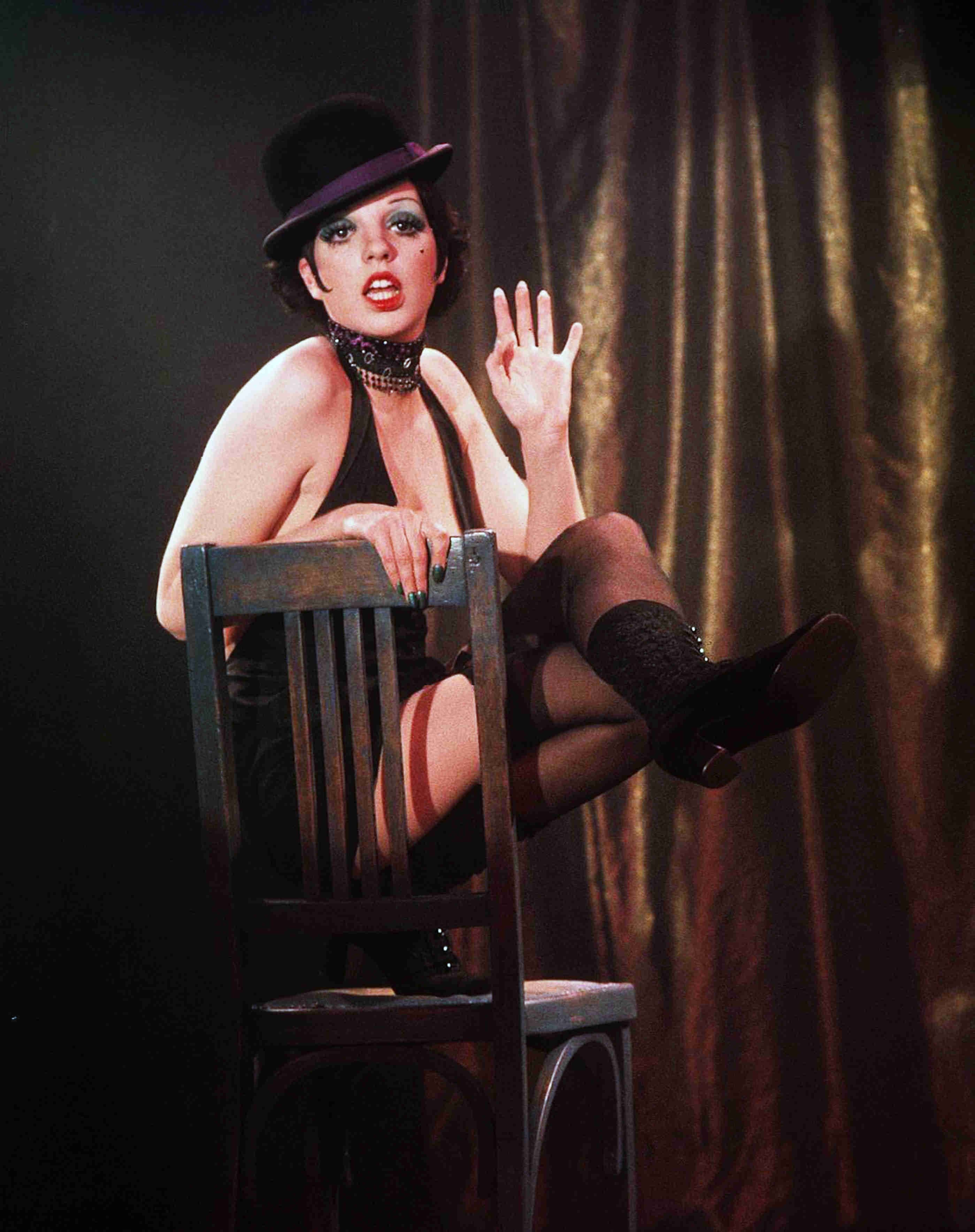
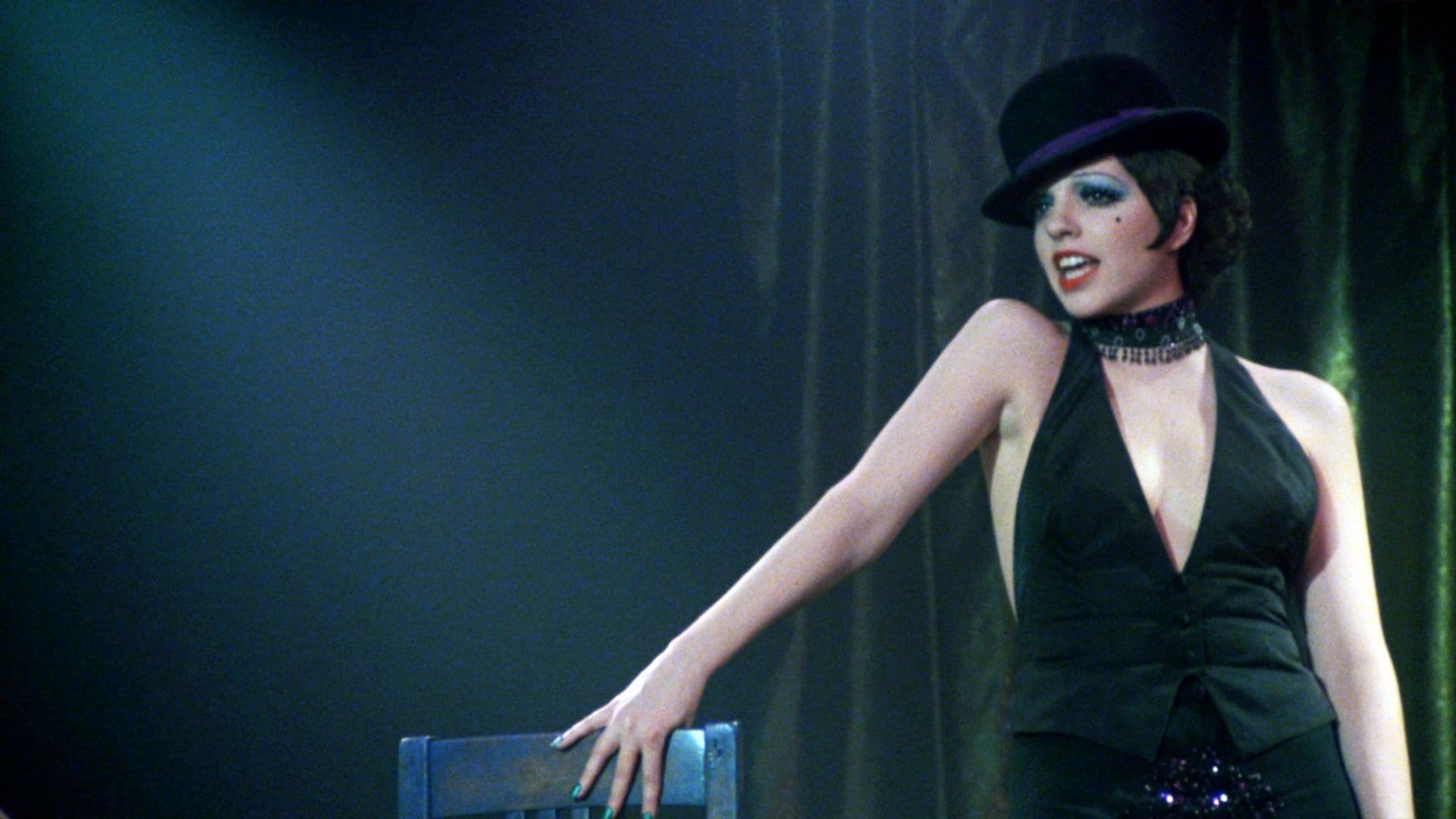

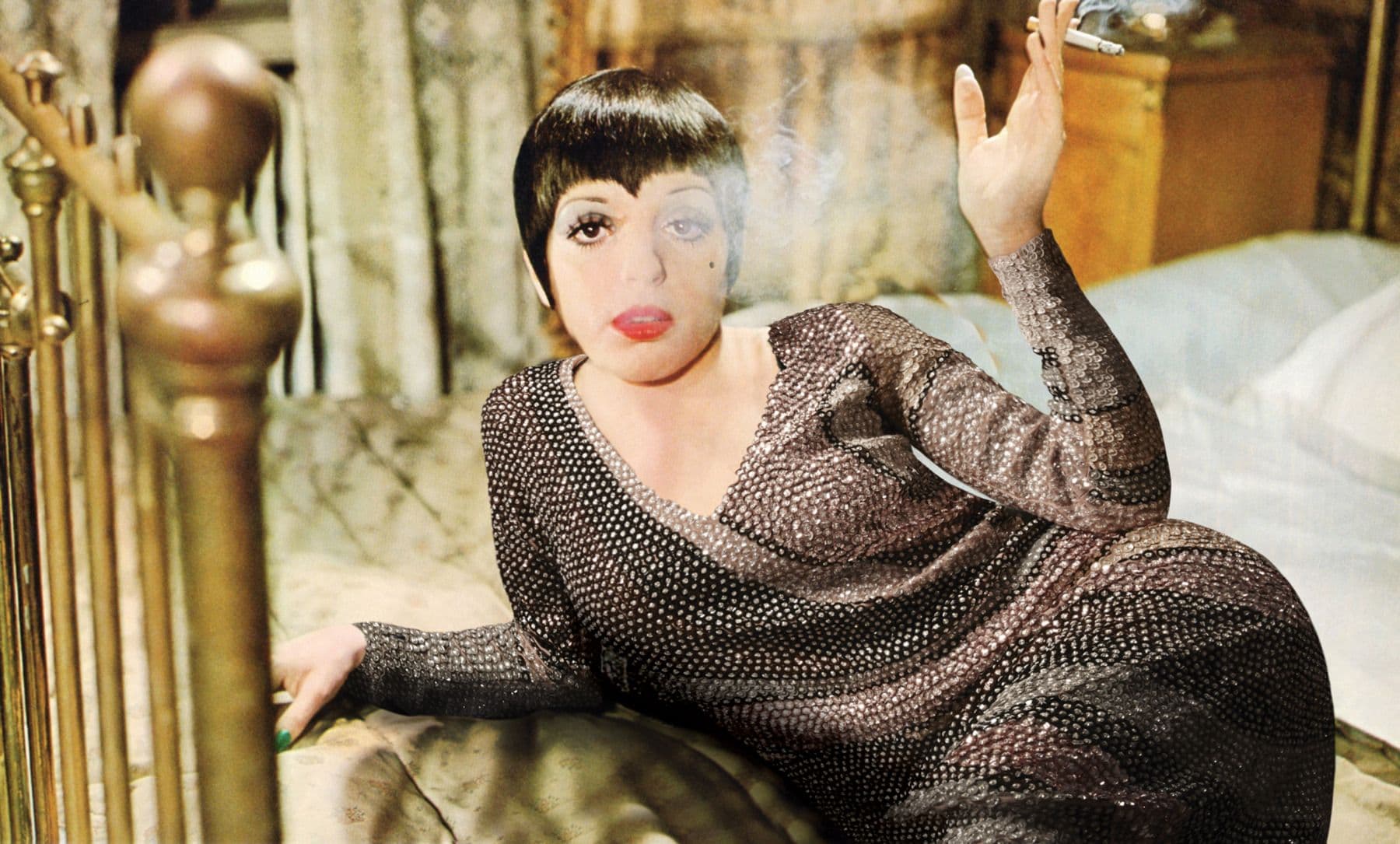
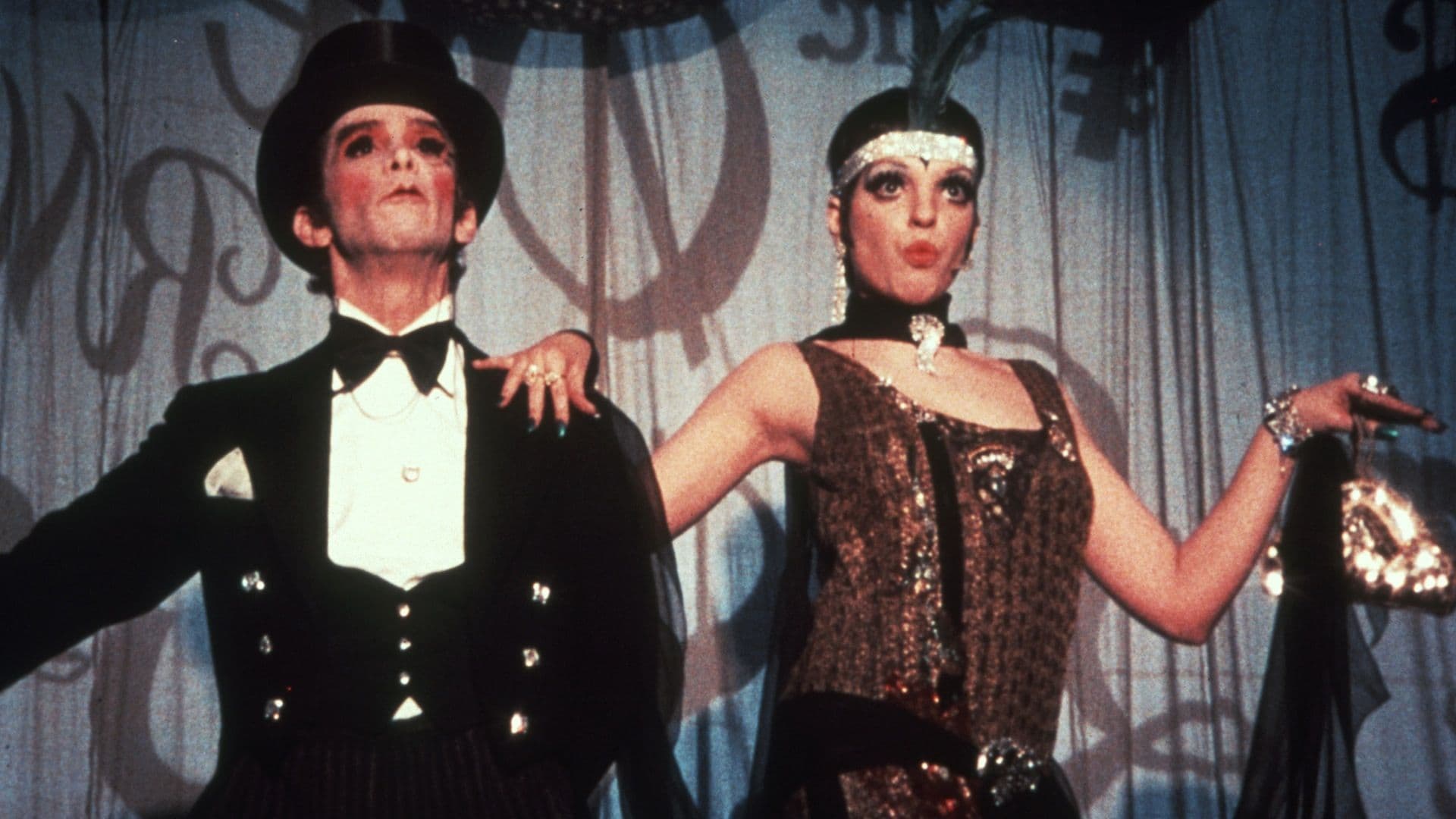
Comments
Loading comments...